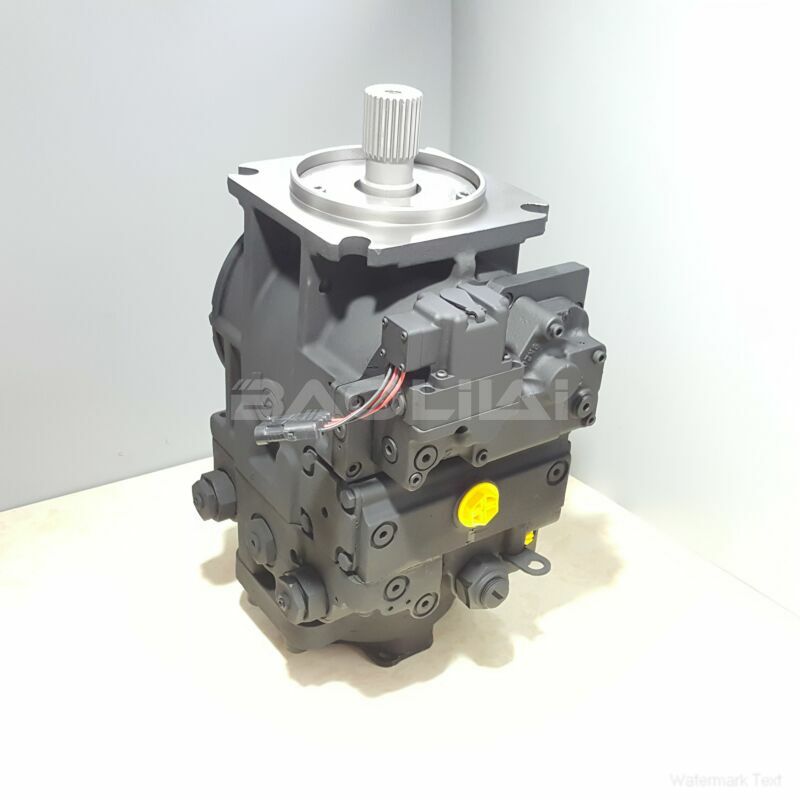90L055HS1NN60P4S1C03GBA321730 piston pump
90L055HS1NN60P4S1C03GBA321730 piston pump

- Product Details
- Applicable Scene
The increasing demand for sustainable energy solutions has led to advancements in various technologies, particularly in the field of renewable energy. Among the many components involved in these systems, hydraulic oil pumps play a crucial role, especially in energy recovery systems. This article explores the design considerations and innovative strategies for hydraulic oil pumps in renewable projects.
90-L-055-HS-1-NN-60-P-4-S1-C-03-GBA-32-17-30
90L055HS1NN60P4S1C03GBA321730
Hydraulic oil pumps are essential for transferring hydraulic energy produced in systems such as wind turbines, tidal energy converters, and solar thermal power plants. They facilitate the conversion of mechanical energy into hydraulic energy, which can then be stored and utilized effectively. To optimize the performance of these pumps, several design factors must be taken into account.

83001230
One of the primary considerations in the design of hydraulic oil pumps is efficiency. Renewable energy sources are inherently variable, and maximizing the efficiency of the pump ensures that more energy can be harvested and stored. This involves selecting materials that reduce friction and wear, thereby enhancing performance and lifespan. Advanced surface coatings and high-precision machining techniques are increasingly being utilized to achieve these goals.
Another critical aspect is the adaptability of pumps to varying operational conditions. Renewable energy systems often experience fluctuations in hydraulic pressure and flow rates. Therefore, hydraulic pumps must be designed to handle a wide range of conditions without compromising performance. Variable displacement pumps, for instance, can adjust their output based on the system’s demands, ensuring optimal energy recovery in fluctuating environments.
Durability is also a significant concern, as hydraulic pumps are often exposed to harsh conditions, including extreme temperatures, humidity, and particulate contamination. Robust design features, such as reinforced casings and advanced sealing technologies, can protect the internal components and maintain reliable operation over an extended period.





